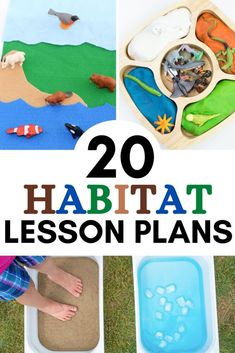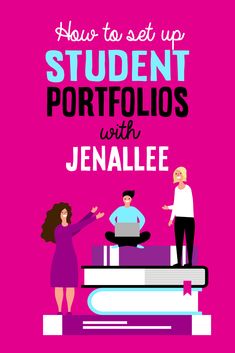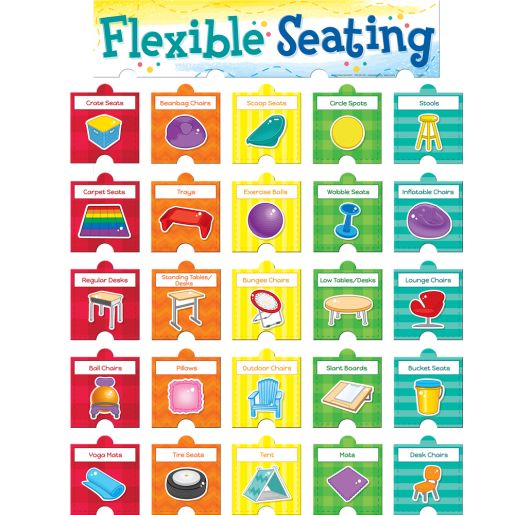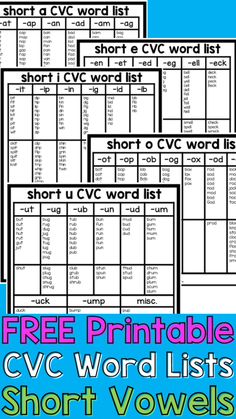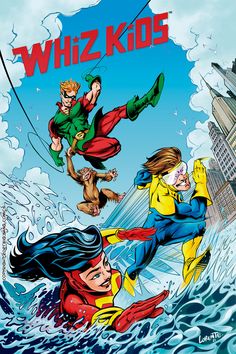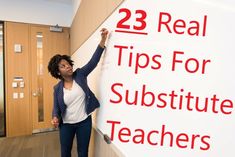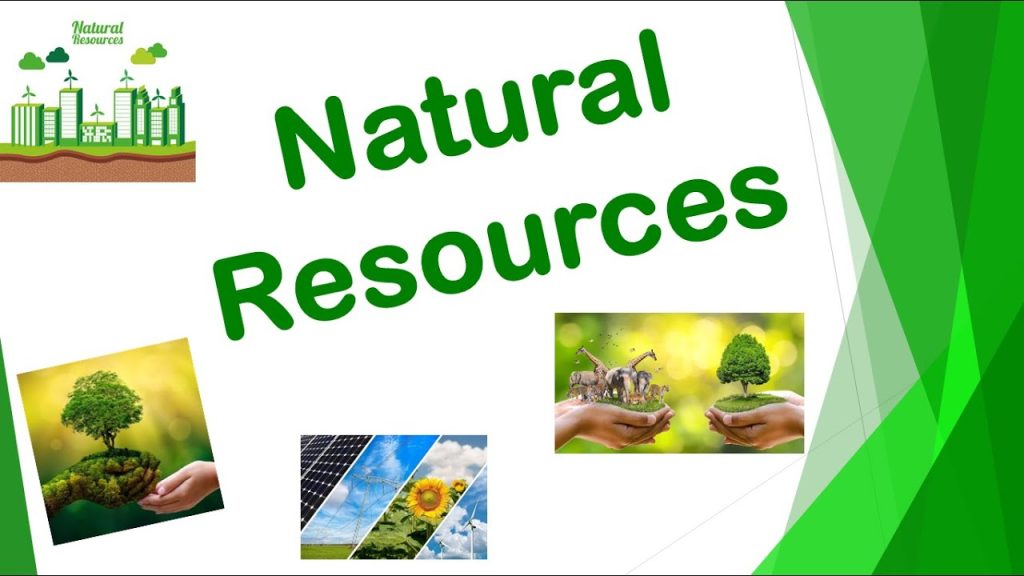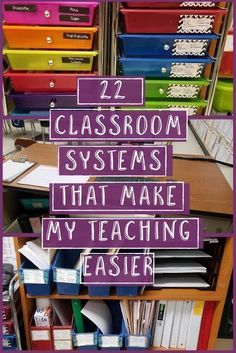Animals are not only fascinating subjects for observation and study, but they also offer a wealth of opportunities for educational exploration in the classroom. From understanding basic biological concepts to exploring complex ecosystems, incorporating animal teaching resources can enhance student engagement and learning.
One effective way to bring the study of animals into the classroom is through the use of live specimens, which can be managed safely in terrariums or aquariums. Observing live animals provides students with firsthand insights into behaviors, lifecycles, and habitats. This direct interaction also fosters empathy and a deeper appreciation for living organisms among students.
Another valuable teaching resource is multimedia content such as documentaries, videos, and interactive websites that feature animals and their environments. These tools can transport students to locations across the globe, showcasing diverse species and ecosystems that would otherwise be inaccessible. Additionally, multimedia content often features expert commentary and cinematography that illuminate the intricacies of animal behaviors and physiological processes.
Print materials like books, magazines, and scientific articles serve as fundamental resources as well. They offer detailed information about animal anatomy, conservation efforts, and scientific research findings related to zoology. Teachers can assign readings to support lesson plans or encourage independent inquiry into specific animal-related topics.
Interactive activities such as games and puzzles focusing on animals can help reinforce knowledge about classification, adaptation, food chains, and more in an engaging way. These activities often promote problem-solving skills and critical thinking while providing a fun learning environment.
Moreover, lesson plans that include field trips to zoos, nature reserves, or farms allow students to see animals within different contexts: conservation centers, natural habitats, or agricultural environments. Such excursions deepen students’ understanding of human-animal interactions and the importance of biodiversity conservation.
Lastly, inviting experts such as biologists or zookeepers to speak in class can give students unique perspectives on career paths related to animal science and inform them about current issues in wildlife preservation.
Incorporating a variety of animals teaching resources not only broadens the educational experience but also helps instill a life-long interest in wildlife and conservation efforts among students. As our world continues to change rapidly due to human influence, educating young minds about animals is critical for ensuring a sustainable future where biodiversity is respected and preserved.
